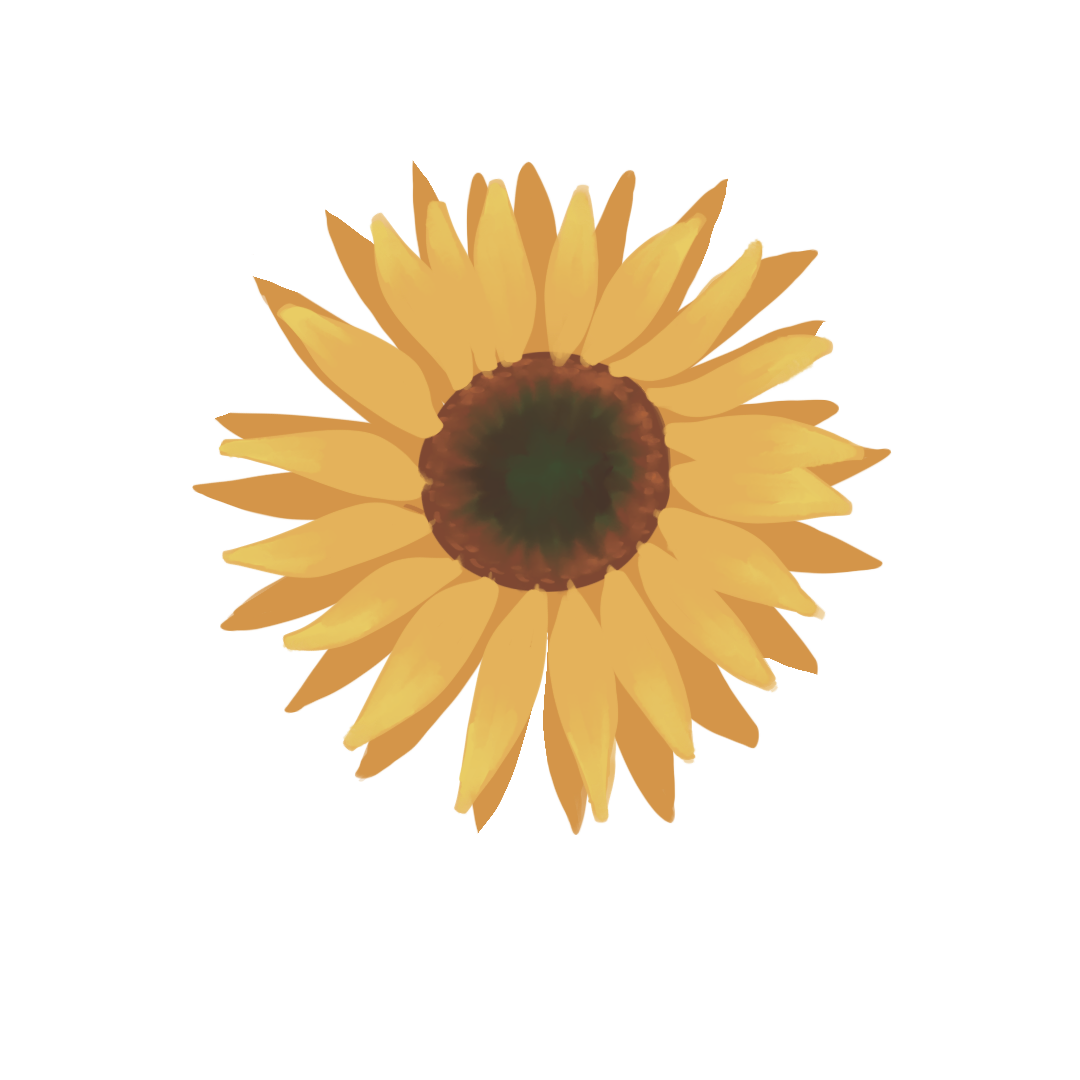Exercise for crunch time
May 1, 2007
Tai Chi provides another way to relax and focus for exams
There comes a time when putting in 3,000 steps on the stair stepper becomes more of a stress source than a physical outlet. And with approaching exams, a fresh de-stressing method may be in order. A potentially relaxing — yet challenging — alternative to consider: Tai Chi.
Tai Chi, also called Tai Chi Chuan, is a Chinese martial art and form of stylized, meditative exercise, characterized by methodically slow circular and stretching movements and positions of bodily balance. According to taichihealth.net, “Practicing Tai Chi Chuan you should exercise both externally and internally, physically and mentally, trying to keep the balance and unity of outer and inner part of the body.”
Freshman biotechnology major Matthew Young has his own definition of Tai Chi.
“It’s a way to get myself in shape, both in regards to flexibility and conditioning,” he said in an e-mail interview. “(It’s) a way to focus and calm myself, as well as to give myself direction when I’m losing sight of my goals.”
There are many different forms of Tai Chi, and taichihealth.net suggests each person find the style that best fits his or her lifestyle. When choosing a Tai Chi style, one should choose according to his or her interests and physical abilities. It is also best to start off with the easy exercises first and work up to the more difficult movements.
Taichihealth.net also says practicing Tai Chi will help to relax and regulate your life.
“By imitating the movements of masters in our teaching stuff, you will find that your emotion, which is used to be up and down, calms down and self-control becomes an easy thing,” it states. “What is more, you will become aware of the great benefit — that is relaxation, a thorough relaxation. It is a very practical way for you to refresh from tension and exhaustion.”
Young agreed with this, citing relaxation as one of the benefits of Tai Chi.
“For me, personally, it’s mostly about the physical aspects, such as the aforementioned conditioning,” he said. “But also, there is a mental aspect, similar to that which I saw while briefly practicing yoga, in that it’s meditation in motion; a manner of calming and synchronizing one’s mind and body.”
Young also said practicing Tai Chi may not be as intense as other martial arts.
“It may not be aggressive enough for some people, and it takes some getting used to when first starting to learn how to properly move your body,” he said. “However, it’s much the same as with any sport or martial art. You just have to devote a little time and energy and you’ll pick it up fast enough.”
Tai Chi focuses on the mind and the spirit as well as the body, with different body positions concentrating on different areas, Young said.
“They all serve different purposes,” he said. “Some are to help to develop balance or awareness, some are practical fighting applications that allow you to view the maximum area while exposing the least possible amount of your body.”
Young said he would recommend Tai Chi to others for more than one reason.
“Primarily, it can never hurt to have knowledge of a defensive form if you’re ever in a situation where you have no choice but to fight, and knowing one that you can utilize without causing permanent damage to an opponent is even better in my personal opinion,” he said. “But it also can be enjoyable just for the sake of the movement itself, both for the benefits and just to be moving and start to realize that you’re capable of moving with a grace you didn’t know you possessed.”
To learn more about Tai Chi and its different styles, go to www.taichihealth.net.
Contact features writer Meredith Compton at [email protected].
























